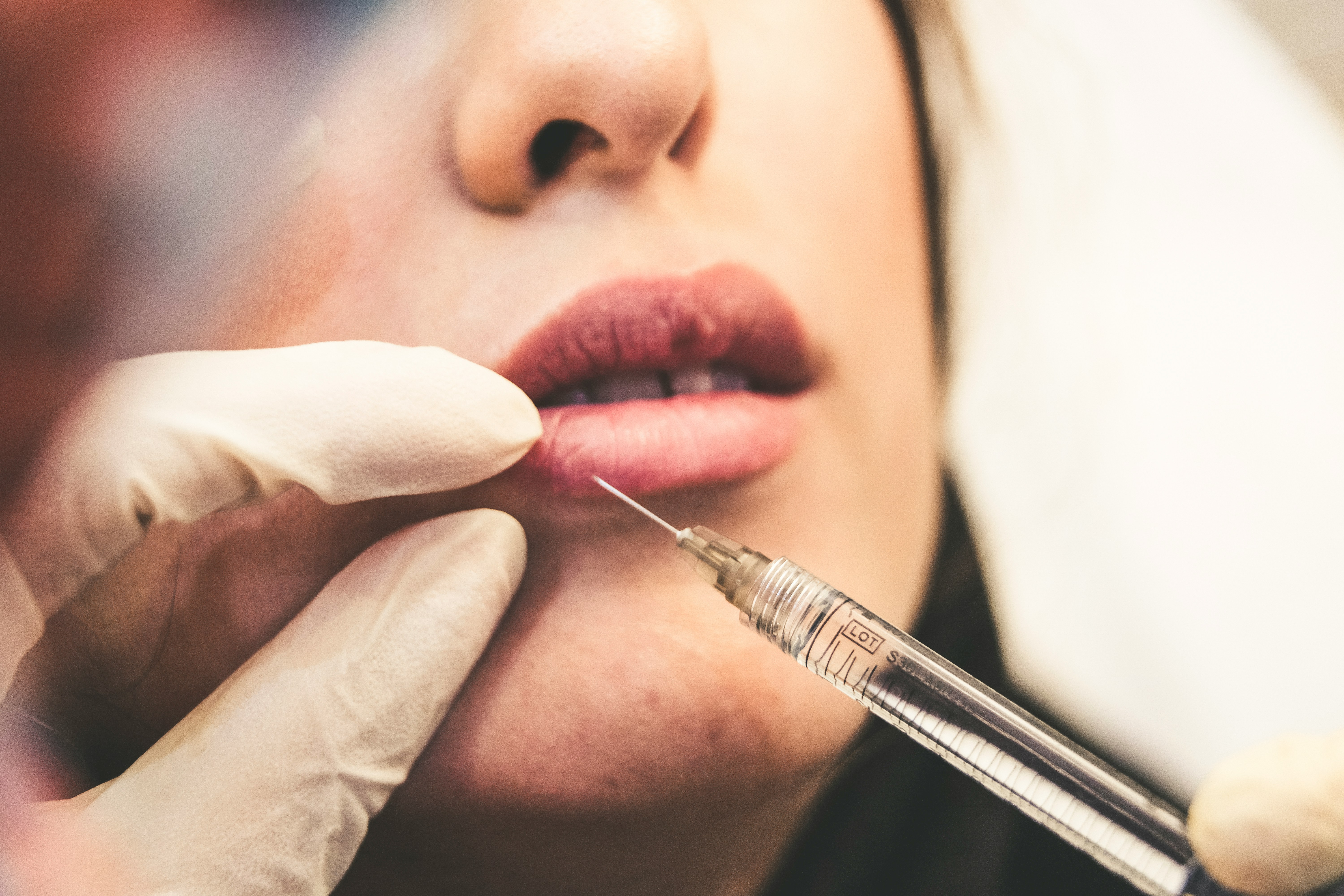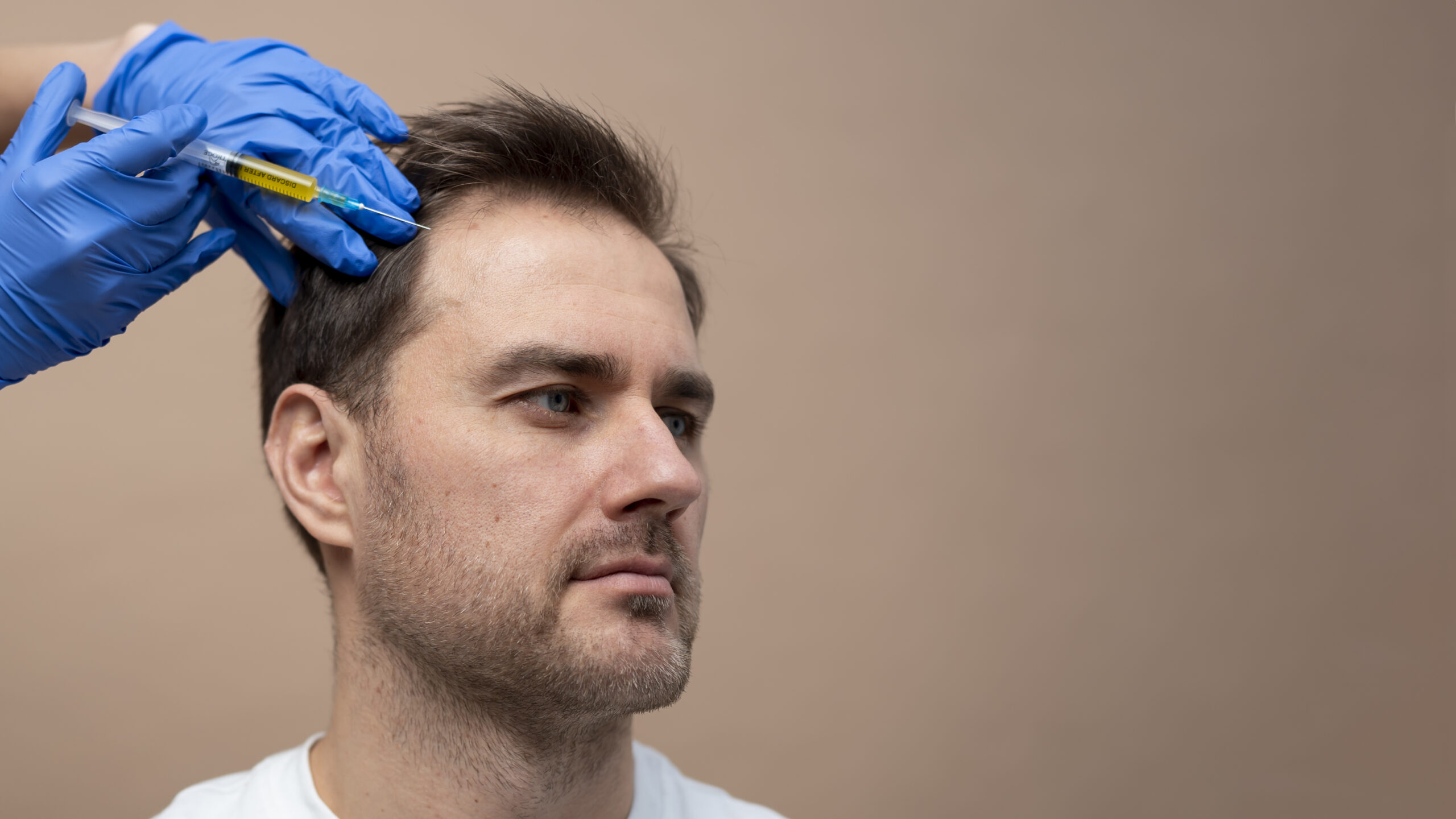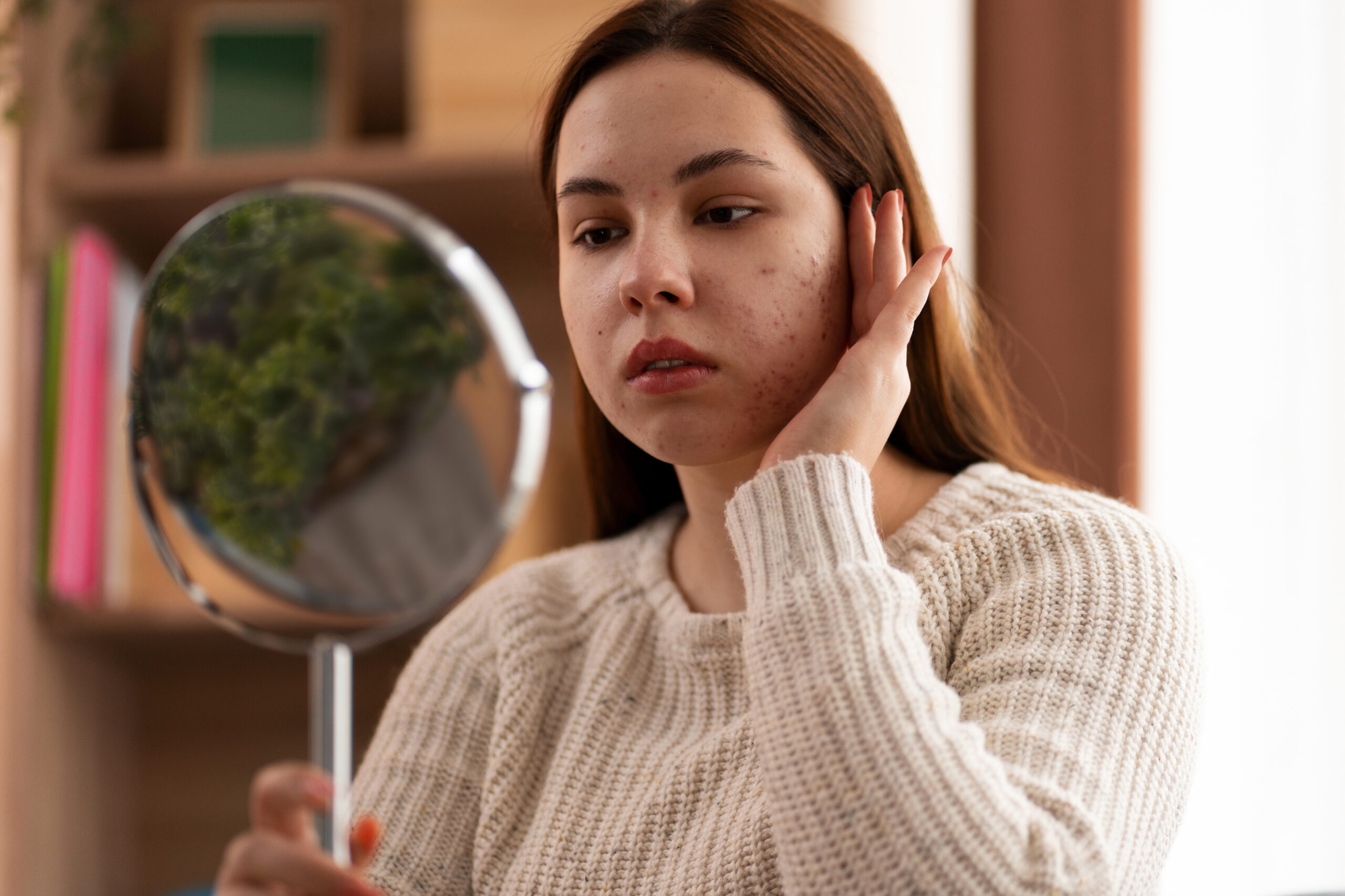March 13, 2024
Using chemical peels to address acne scars can be an effective treatment option, but it’s essential to understand the process, potential benefits, and limitations. Here’s what you need to know about using chemical peels to get rid of acne scars:
How Chemical Peels Work for Acne Scars:
- Exfoliation: Chemical peels work by exfoliating the outer layer of the skin, which can help improve the appearance of acne scars. By removing dead skin cells and promoting cell turnover, peels can stimulate collagen production and smooth out the skin’s texture.
- Stimulation of Collagen Production: Certain types of chemical peels, such as those containing trichloroacetic acid (TCA) or alpha hydroxy acids (AHAs), can stimulate collagen production in the skin. Increased collagen production can help fill in acne scars and improve skin smoothness over time.
- Lightening Dark Spots: Chemical peels containing ingredients like glycolic acid or kojic acid can help lighten dark spots left behind by acne, reducing their appearance and creating a more even skin tone.
Types of Chemical Peels for Acne Scars:
- Superficial Peels: Superficial peels, such as those containing glycolic acid or salicylic acid, are milder and primarily target the outermost layer of the skin. While they may not penetrate deeply enough to address deep acne scars, they can help improve overall skin texture and tone.
- Medium Peels: Medium-depth peels, often containing TCA or a combination of acids, penetrate deeper into the skin and can be more effective for treating moderate acne scars. They may cause more significant peeling and downtime but can produce more noticeable results.
- Deep Peels: Deep peels, typically using phenol or high concentrations of TCA, penetrate deep into the skin and are reserved for severe acne scarring. These peels can provide dramatic improvement but require longer downtime and carry a higher risk of complications.
What to Expect:
- Initial Consultation: Before undergoing a chemical peel for acne scars, schedule a consultation with a qualified skincare professional. They will assess your skin type, acne scars, and medical history to determine the most suitable peel for your individual needs.
- Multiple Treatments: Significant improvement in acne scars often requires multiple treatment sessions spaced several weeks apart. Your skincare provider will create a personalized treatment plan based on your skin concerns and goals.
- Downtime and Recovery: Depending on the depth of the peel, you may experience some downtime with redness, peeling, and mild discomfort. It’s essential to follow post-treatment instructions carefully and avoid picking or scratching the treated area to minimize the risk of complications.
- Gradual Results: While you may notice some immediate improvement in your skin’s appearance after a chemical peel, the full results typically develop gradually over several weeks as the skin continues to regenerate.
Considerations and Risks:
- Sun Protection: After undergoing a chemical peel for acne scars, it’s crucial to protect your skin from the sun by wearing sunscreen regularly. Sun exposure can worsen hyperpigmentation and increase the risk of complications.
- Potential Side Effects: Chemical peels carry a risk of side effects, including redness, irritation, peeling, changes in skin pigmentation, and infection. It’s essential to discuss any concerns or medical conditions with your skincare provider before undergoing treatment.
- Not Suitable for All Skin Types: Chemical peels may not be suitable for individuals with certain skin conditions, such as active acne, eczema, or rosacea. Pregnant or breastfeeding women should also avoid chemical peels due to potential risks to the fetus or infant.
- Professional Guidance: While some over-the-counter peels are available, it’s generally recommended to undergo chemical peels for acne scars under the supervision of a qualified skincare professional. They can ensure the treatment is performed safely and effectively, minimizing the risk of complications.
Conclusion:
Chemical peels can be an effective treatment option for improving the appearance of acne scars, but it’s essential to have realistic expectations and understand the process involved. By consulting with a skincare professional, following pre and post-treatment instructions, and being patient with the results, you can achieve smoother, more even skin texture and reduce the visibility of acne scars over time.






